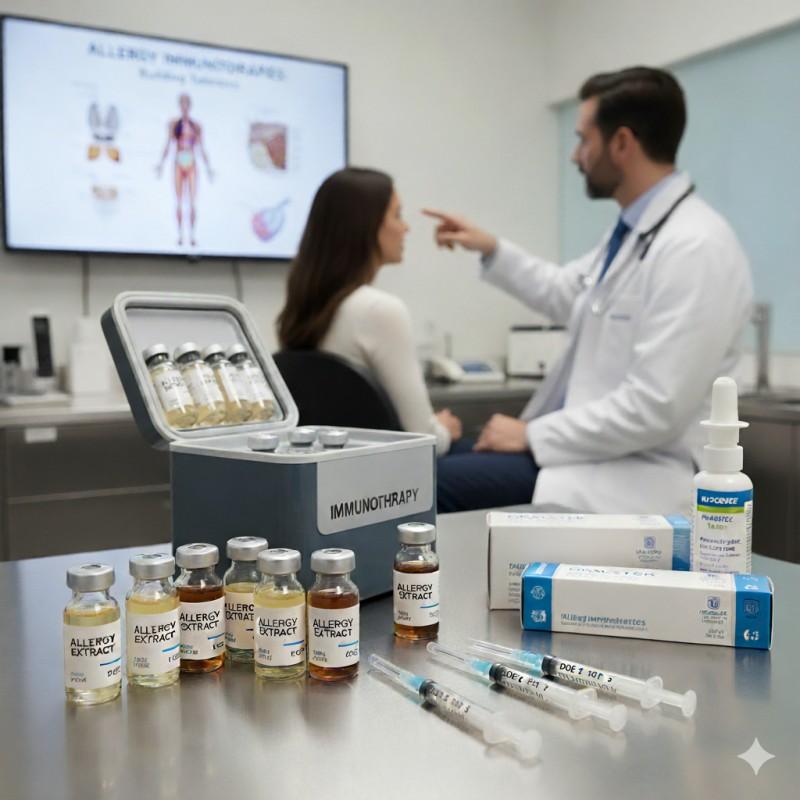Summary
A new study suggests that baby formula feeding in the first 3 days of a newborns life may be a risk factor for peanut or multiple food allergies .1
This early [formula] supplementation was associated with a five-fold increase in the risk of developing peanut allergy, which can be life-threatening…
Source: HCPLive

AI News Q&A (Free Content)
Q1: What recent study findings indicate a correlation between baby formula and peanut allergy risk in newborns?
A1: A recent study suggests that feeding baby formula within the first three days of life is associated with a five-fold increase in the risk of developing a peanut allergy. The study, conducted within the Australian ORIGINS cohort, found that partial colostrum feeding (formula plus breastmilk) significantly increased the risk of peanut and multiple food allergies compared to exclusive colostrum feeding. This effect was particularly evident in infants who had delayed introduction to peanuts.
Q2: How do early formula feeding practices impact the risk of developing food allergies according to recent literature?
A2: Early formula feeding practices are linked to an increased risk of developing food allergies, such as cow's milk and peanut allergies. The reduction in colostrum intake, which is rich in bioactive compounds crucial for immune and gut health, is a significant factor. Infants who received more colostrum feeds within the first 72 hours showed a lower incidence of peanut allergies, emphasizing the importance of colostrum in reducing allergy risks.
Q3: What are the primary components of food allergies, and how are they diagnosed?
A3: Food allergies involve an abnormal immune response to specific proteins found in foods, with symptoms ranging from mild to severe, including anaphylaxis. Diagnosis typically involves a combination of medical history, elimination diets, skin prick tests, blood tests for food-specific IgE antibodies, or oral food challenges. Management includes avoiding the allergenic food and having a plan in case of accidental exposure, such as using adrenaline (epinephrine).
Q4: What does current research suggest about the protective role of colostrum regarding food allergies?
A4: Current research highlights the protective role of colostrum, the first milk produced after childbirth, which is rich in bioactive compounds vital for immune and gut health. Exclusive colostrum feeding in the first three days of life significantly reduces the risk of developing food allergies, including peanut allergies. The study indicates that higher colostrum intake correlates with a decreased risk of allergies, underscoring its importance in early neonatal nutrition.
Q5: What are the implications of introducing peanuts later in infancy for allergy development?
A5: Introducing peanuts later in infancy, particularly after seven months, can increase the risk of developing peanut allergies, especially in infants who were partially colostrum-fed. The findings from the study suggest that early introduction of peanuts, alongside exclusive colostrum feeding, can mitigate the risk of peanut allergies, supporting guidelines that recommend early allergen introduction to prevent allergies.
Q6: How prevalent are food allergies, and what factors contribute to their development?
A6: Food allergies affect approximately 4% to 8% of individuals in developed countries, with varying prevalence depending on age and region. They are more common in children than adults and are increasing in frequency. Contributing factors include genetic predisposition, vitamin D deficiency, obesity, and high hygiene levels. Allergies result from immunoglobulin E (IgE) binding to food proteins, triggering inflammatory responses.
Q7: What strategies are recommended for managing food allergies in children?
A7: Management of food allergies in children involves strict avoidance of allergenic foods, readiness to administer adrenaline during severe reactions, and wearing medical alert bracelets. Early exposure to potential allergens is recommended to potentially reduce the risk of developing allergies. While allergen immunotherapy is beneficial for some allergies, its efficacy for food allergies remains unclear and is not widely recommended.
References:
- Food allergy - Wikipedia
- Colostrum as a Protective Factor Against Peanut Allergy: Evidence From a Birth Cohort
- Allergy - Wikipedia



